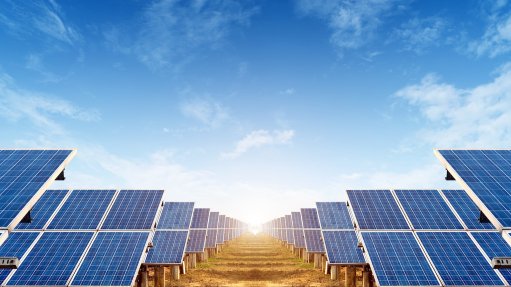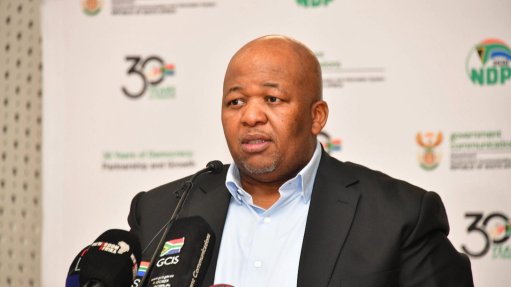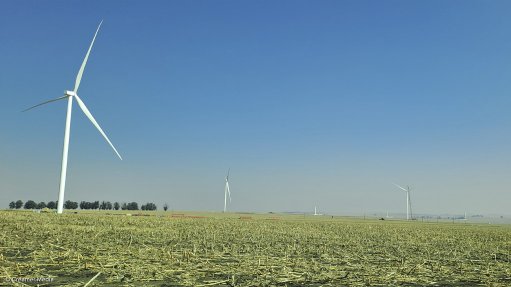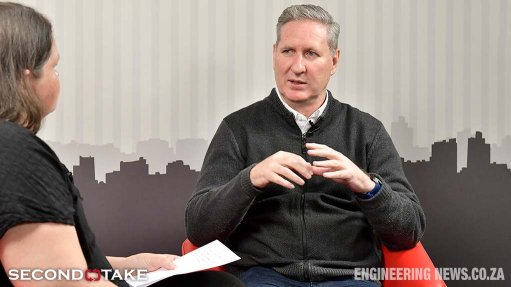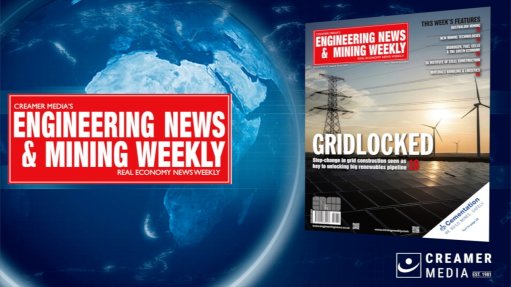'No attempt to disguise' latest incident of sabotage at Eskom power station as another cable is cut
A cable on Unit 1 at Eskom's Matla Power Station was cut over the weekend in what is now the fourth incident of suspected sabotage at a power station in the past two weeks.
News24 understands that on Sunday officials discovered the cut cable, but the 575 MW unit had fortunately not tripped because a backup cable had been left untouched. Three other cables in the same cable rack were also undamaged, a picture shared with News24 shows.
Nothing was stolen.
Eskom has been forced to implement stage three and four load shedding over the weekend as cold weather and high levels of breakdowns left the utility short of generation capacity.
The utility announced on Sunday that load shedding stage two would continue throughout the week between 17:00 and 22:00 – the peak demand period. Similar measures were put in place throughout last week.
The incident at Matla follows suspected sabotage at three other power stations over the past two weeks.
News24 reported on Thursday that a power cable leading to a valve at Tutuka Power Station's 585 MW unit five was cut. It took Eskom officials days to find the fault, as it was cut far outside the range of CCTV cameras and was well hidden.
Eskom revealed a second incident of sabotage at Tutuka in a statement on Thursday – an air pipeline was cut with a power tool, and a small section was removed, also on unit five.
"Eskom believes these are deliberate acts of sabotage by someone who had access and knows the security features in the area quite well," the statement read.
On Friday, News24 reported that reactor earth bars and flexible copper cables were removed from three units at Hendrina Power Station. Officials discovered that the parts were missing in the early hours of Friday morning, when attempting to start up the unit that had been out of commission for maintenance.
The copper parts were removed from the generator – which sits inside the turbine hall – meaning access was not easily possible by someone from outside the power station.
Incorrect oil was also added to Duvha's unit two, a unit that is more than five months overdue to return to service following an outage for repairs, causing further delays to the 575 MW unit becoming available again.
Previously delays have been caused by errors such as valves being installed incorrectly.
Stage 1 load shedding is implemented when Eskom runs short of 1 000 MW of generation capacity, and Stage 2 with a shortage of 2 000 MW.
While high levels of unplanned breakdowns are the main cause of load shedding, two units at either Duvha, Matla, or Tutuka being offline are the difference between one stage of load shedding.
Eskom group chief executive André de Ruyter said on Friday that the incidents were the difference between Eskom being forced to institute load shedding and sufficient generation capacity existing to avoid it.
He confirmed that investigations were ongoing into the incidents at Tutuka as well as Hendrina and Duvha.
Eskom has dramatically stepped-up security efforts since November last year, when a pylon carrying power lines for overland coal conveyors at Lethabo Power Station, near Vereniging, was toppled.
Eight steel stays that supported the pylon were cut, and it fell on top of a backup power supply line for the conveyors.
Eskom said more than 450 additional security guards had been deployed and intelligent cameras including drones with infrared cameras were also being used. Security at Matla was also being increased.
Normally, to stave off load shedding in peak demand periods, Eskom would run expensive open cycle gas turbines Gourikwa and Ankerlig, which burn diesel, and would pump water to upper dams at Drakensberg and Ingula pumped storage schemes, which generate electricity during peak periods through the water flowing to lower dams.
However, as the shortage of capacity continues, Eskom must spend billions on diesel and cannot always pump water to the upper dams during off peak periods, resulting in higher levels of load shedding, as breakdowns in the ageing coal fleet mean the reserves are run and the utility still falls short of meeting peak demand.
At any given time, according to acting head of generation Rhulani Mathebula, around 4 000 MW is at risk – meaning it could go offline at any moment if a breakdown occurs.
Eskom has repeatedly stated over the past two years that the country requires 4 000 MW to 6 000 MW of additional capacity just to reliably meet demand.
Eskom chief operations officer Jan Oberholzer said the addition capacity needed was just to meet demand. Economic growth would require even more capacity, he said.
Comments
Press Office
Announcements
What's On
Subscribe to improve your user experience...
Option 1 (equivalent of R125 a month):
Receive a weekly copy of Creamer Media's Engineering News & Mining Weekly magazine
(print copy for those in South Africa and e-magazine for those outside of South Africa)
Receive daily email newsletters
Access to full search results
Access archive of magazine back copies
Access to Projects in Progress
Access to ONE Research Report of your choice in PDF format
Option 2 (equivalent of R375 a month):
All benefits from Option 1
PLUS
Access to Creamer Media's Research Channel Africa for ALL Research Reports, in PDF format, on various industrial and mining sectors
including Electricity; Water; Energy Transition; Hydrogen; Roads, Rail and Ports; Coal; Gold; Platinum; Battery Metals; etc.
Already a subscriber?
Forgotten your password?
Receive weekly copy of Creamer Media's Engineering News & Mining Weekly magazine (print copy for those in South Africa and e-magazine for those outside of South Africa)
➕
Recieve daily email newsletters
➕
Access to full search results
➕
Access archive of magazine back copies
➕
Access to Projects in Progress
➕
Access to ONE Research Report of your choice in PDF format
RESEARCH CHANNEL AFRICA
R4500 (equivalent of R375 a month)
SUBSCRIBEAll benefits from Option 1
➕
Access to Creamer Media's Research Channel Africa for ALL Research Reports on various industrial and mining sectors, in PDF format, including on:
Electricity
➕
Water
➕
Energy Transition
➕
Hydrogen
➕
Roads, Rail and Ports
➕
Coal
➕
Gold
➕
Platinum
➕
Battery Metals
➕
etc.
Receive all benefits from Option 1 or Option 2 delivered to numerous people at your company
➕
Multiple User names and Passwords for simultaneous log-ins
➕
Intranet integration access to all in your organisation






